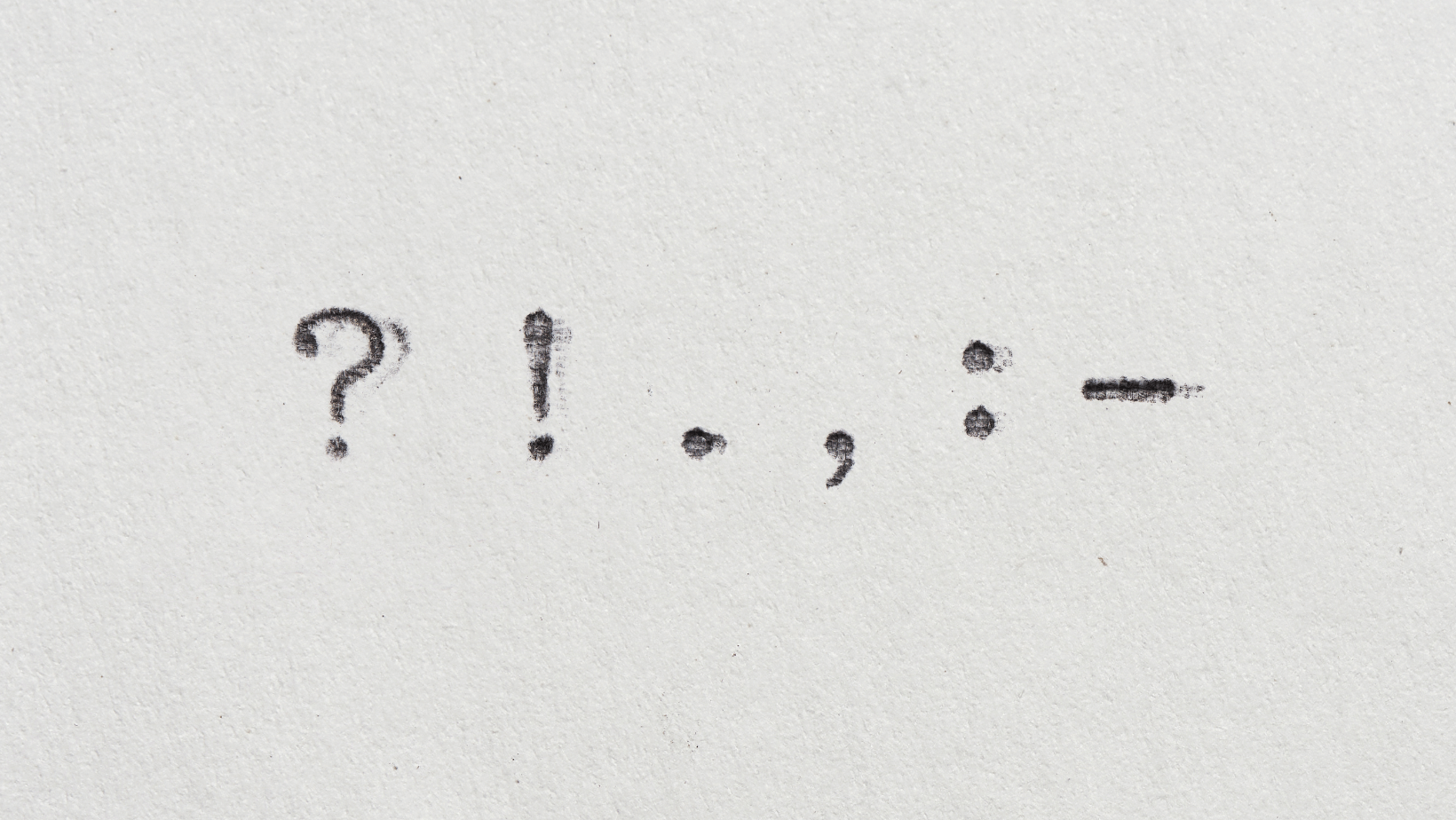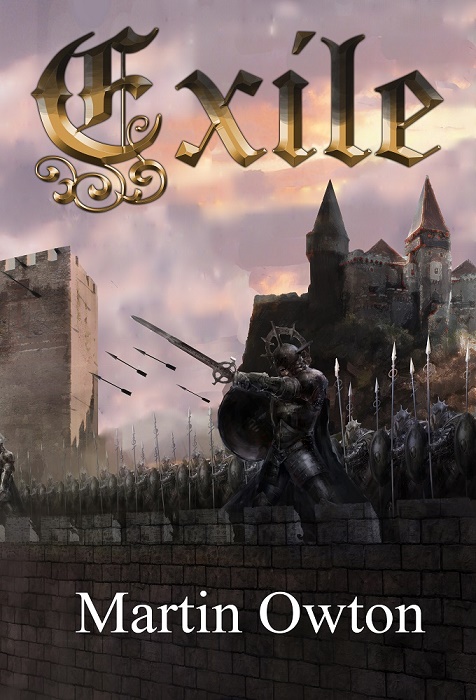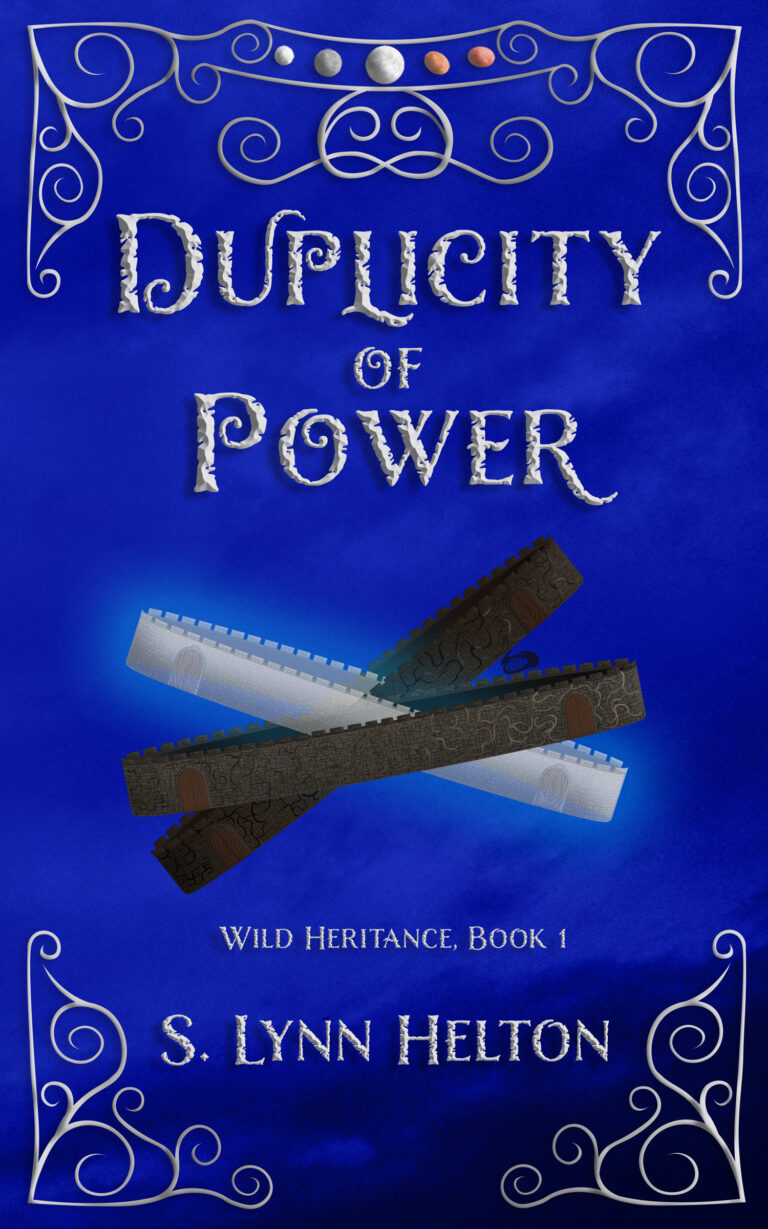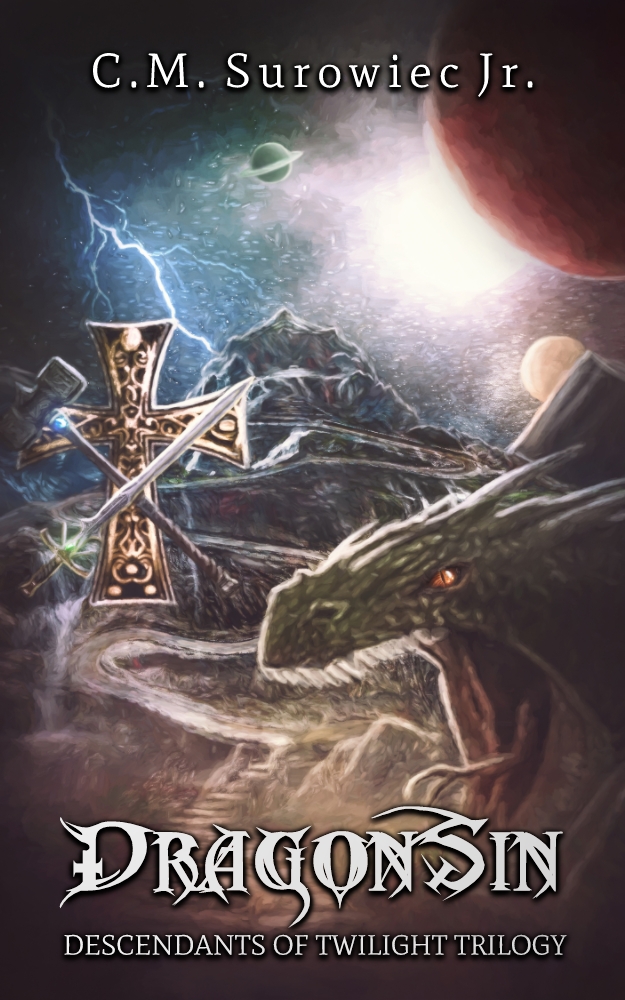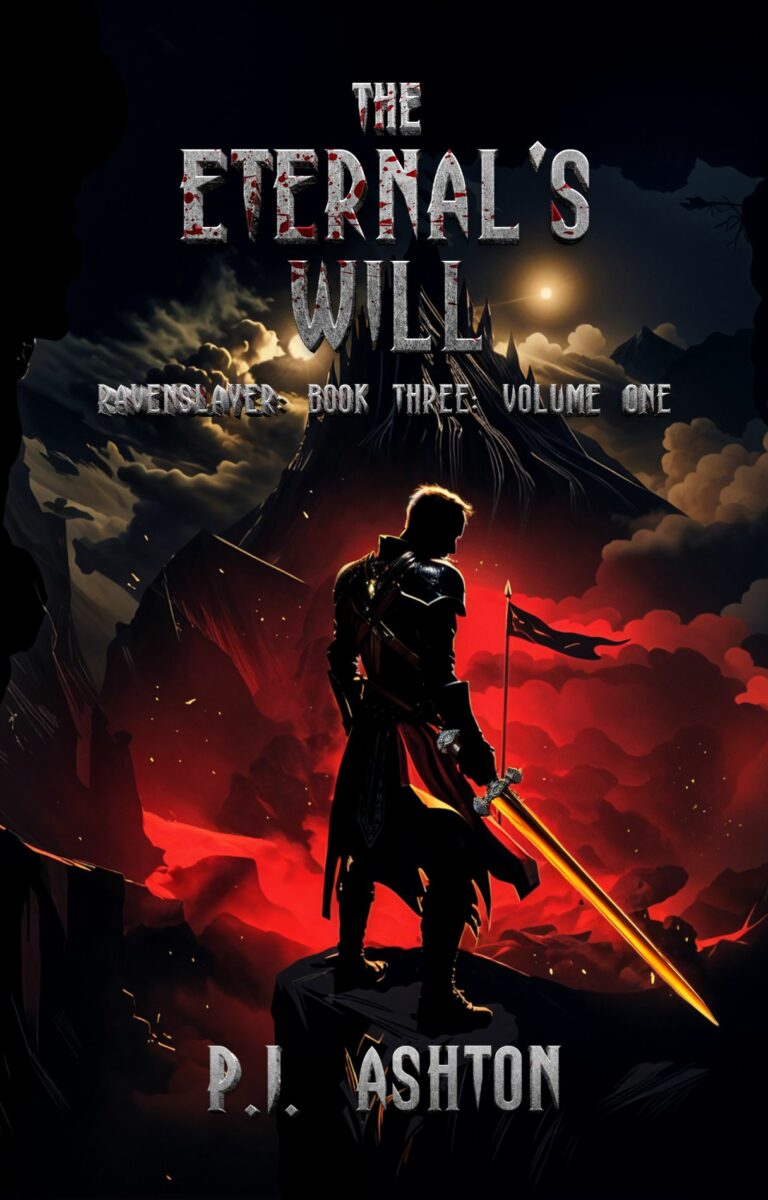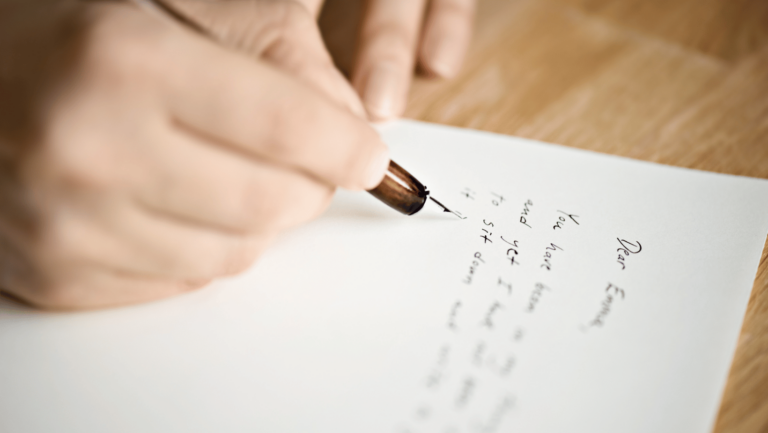Punctuation marks are the silent heroes of the written word. They help clarify meaning, guide the reader through the text, and add rhythm to sentences. But where did these little marks come from? Writers and authors often take punctuation for granted, but it has a rich history that reflects the evolution of language, communication, and style. Let’s take a fun journey through the history of some of the most common punctuation marks and how they became essential to modern writing.
The Rise of the Period
The period, or full stop, is perhaps the simplest and most frequently used punctuation mark, yet it has its own surprising origins. It can be traced back to ancient Greek, where it was used to signify a pause in speech, marking the end of a sentence. The Greek word “stichos,” meaning line or verse, is where we get the concept of a “full stop” at the end of a thought. Early Greek writers, including Aristotle and Plato, used marks to indicate pauses in speech, but it wasn’t until the Middle Ages that the period was formally used to end sentences.
In the 14th century, Geoffrey Chaucer and other writers of Middle English began to standardize punctuation, and the period evolved into its modern form. Today, it’s a fundamental part of every writer’s toolkit, signaling the end of a sentence and helping to separate complete thoughts.
The Comma: A Tiny Pause with Big Impact
The comma might seem like an unassuming punctuation mark, but its history reveals much about the complexity of written language. The comma dates back to the 8th century and was first used by Greek scholar Aristophanes of Byzantium to help readers pause in the right places when reading aloud. Aristophanes developed a system of marks for manuscript readings, which included different kinds of pauses – one of which was the comma, a short pause that helped structure meaning.
In the centuries that followed, the comma was used in manuscripts to clarify meaning and separate phrases within a sentence. Its modern function, dividing parts of a sentence, only fully evolved during the Renaissance as printing became more widespread. Writers like Shakespeare and John Milton used commas liberally, but it wasn’t until the 18th century that punctuation rules around the comma became more standardized.
Today, commas can indicate a slight pause, separate items in a list, or help clarify meaning – its subtlety allows it to do a lot of work without stealing the spotlight.
The Question Mark: Curiosity in Symbol Form
The question mark is a punctuation mark that signifies curiosity, inquiry, and sometimes, even confusion. Its origins are somewhat mysterious, but it is believed to have evolved from the Latin word “quaestio,” meaning question. In ancient texts, scribes would write the abbreviation “qo,” which was the beginning of the word for “question.” Over time, this abbreviation evolved into the familiar symbol we use today.
The question mark as we know it was likely solidified in the 8th century by Alcuin of York, a scholar and cleric in the court of Charlemagne. As writing became more standardized in medieval manuscripts, Alcuin introduced a distinct mark at the end of a question to help clarify the text for readers.
The Exclamation Mark: Emotions in a Single Stroke
The exclamation mark is the punctuation of emotion, urgency, and excitement. It wasn’t always as widely used as it is today, but its origins can be traced back to the 15th century, where it was used to signify emphasis. The exclamation mark is thought to have evolved from the Latin word “io,” which was an interjection used to express joy. Over time, this symbol for exultation became stylized into the punctuation mark we use to express strong feelings or surprise.
During the 18th century, the exclamation mark began appearing more frequently in English literature, especially in works that conveyed intense emotions or dramatic exclamations. Writers like Edgar Allan Poe and Charlotte Brontë used exclamation marks to heighten the emotional intensity of their work, and it quickly became a favorite tool for writers in both fiction and non-fiction.
Today, the exclamation mark is commonly used to express enthusiasm, anger, surprise, or other strong emotions. Though it’s often considered informal or overused in modern writing, it remains a powerful punctuation mark to amplify tone.
The Dash: The Punctuation of Interruptions and Emphasis
The dash – specifically the em dash (-) – is a punctuation mark that has evolved to express interruption, emphasis, or a dramatic break in thought. Its history is a little less formal than other punctuation marks, which makes its story especially intriguing.
The dash became popular in the 18th century, though its origins can be traced back to the 16th century, when early printers began using marks to separate phrases for clarity or stylistic flair. It was a flexible punctuation mark, unlike the period, which was rigid in its use. Writers such as Samuel Johnson in his dictionary and Emily Dickinson in her poetry made extensive use of dashes, using them to break up sentences, insert additional information, or emphasize a point dramatically.
What makes the dash stand out is its ability to convey an abrupt shift in thought, as if the writer has veered off course – or, conversely, to create a sense of anticipation or reflection. It’s a favorite of modern writers for the way it adds a conversational tone or injects surprise into a sentence. The dash, in its many forms, is beloved for its flexibility, allowing it to express so many nuanced emotions in a single mark.
The Colon and Semicolon: Punctuation with Purpose
Both the colon and semicolon are punctuation marks that often confuse new writers. However, they have distinct roles in writing. The colon, introduced in the 16th century by Aldus Manutius, was used to introduce a list, an explanation, or an elaboration of the idea before it. It came from the need to separate and elaborate on thoughts, helping writers present ideas clearly and orderly. Over time, the colon became a favorite of writers looking to add emphasis or structure.
The semicolon, often seen as a sophisticated punctuation mark, was first introduced by Aldus Manutius in the 15th century as well. The semicolon was designed to help writers connect closely related ideas within a sentence, a task it continues to perform today. It’s the punctuation that strikes a balance between a period and a comma, making it perfect for complex ideas that need some separation but not a full stop.
Conclusion: A Legacy of Clarity and Expression
Punctuation marks have come a long way from their ancient beginnings. From the period’s roots in Greek philosophy to the dash’s dramatic flair, each mark has a unique story that reveals the changing nature of writing and communication. For writers today, punctuation remains a powerful tool to guide readers, shape tone, and create rhythm in their prose.
So, the next time you place a comma, question mark, exclamation point, or dash, take a moment to appreciate the rich history behind these tiny symbols. They’ve been with us for centuries, and they’ll continue to play a pivotal role in how we communicate for generations to come.
Which punctuation mark do you find most effective in conveying tone or emotion in your own writing? Follow us on Facebook and Instagram for more insights, and share your stories in the comments!

